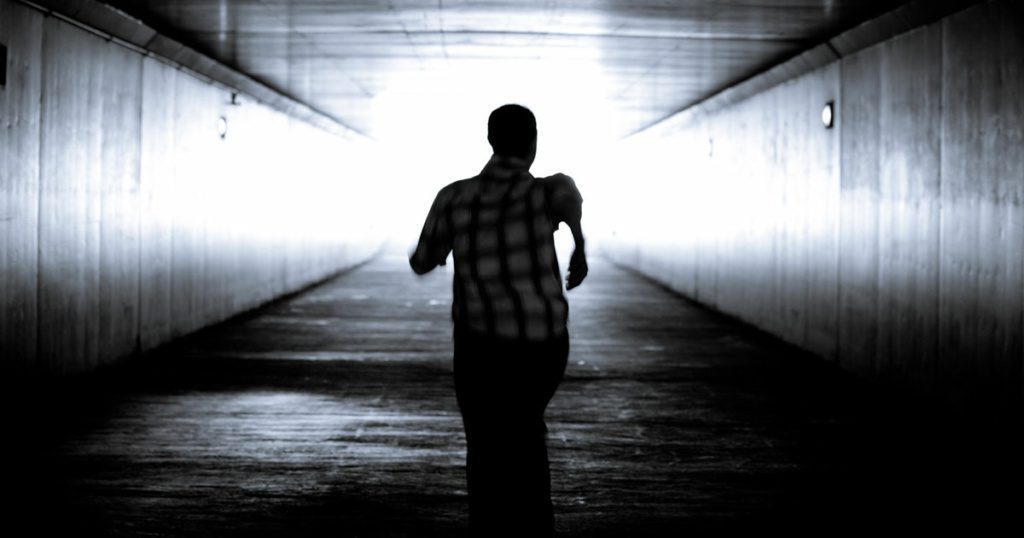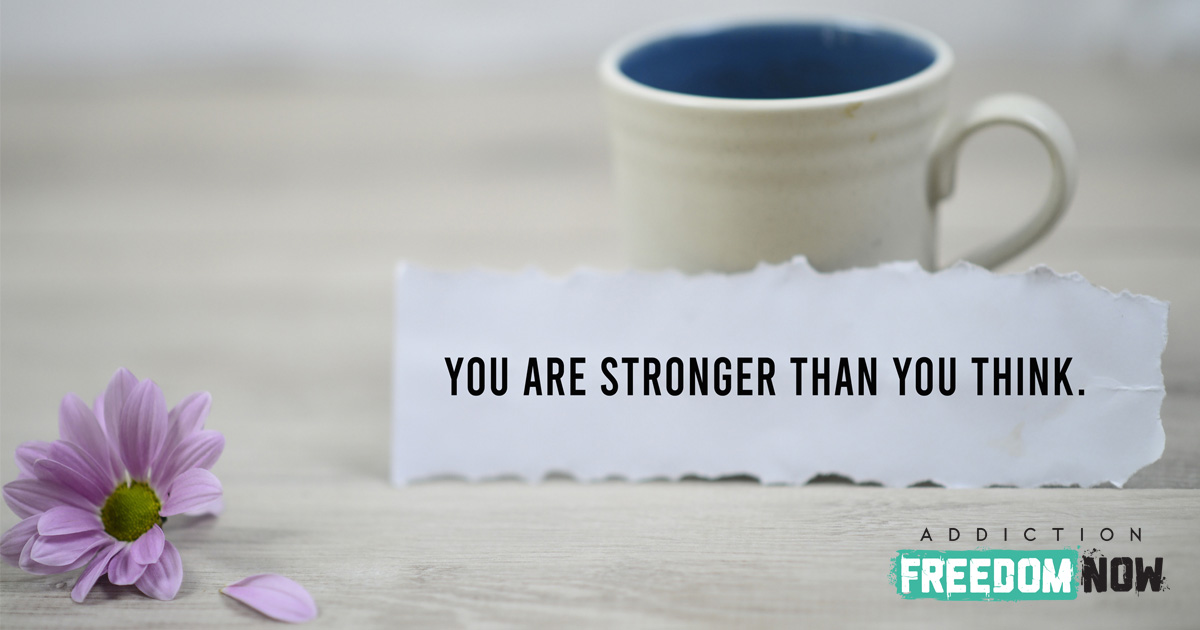Synthetic designer drugs like flakka and bath salts have wreaked havoc on communities across the U.S. in the last decade. But, what is flakka? The drug, a synthetic stimulant most often compared to bath salts, saw its popularity peak around 2015. Although its presence in the U.S. has waned sharply since then, it hasn’t entirely disappeared. Flakka has shown up in the news quite a bit, particularly in economically depressed regions of the U.S., over the last decade. And much of that news has been grim.
Flakka’s popularity and rapid spread were exacerbated by its low price. In most places where the drug was present, a dose could be had for as little as $3. Compare this to cocaine, where the smallest quantity available for sale might be closer to $80 or $100. Flakka use is of particular concern among college students, homeless populations, economically depressed neighborhoods, and, in general, any stimulant users who are on a tight budget. In 2015, 1% of high school students reported having tried flakka, and it was believed many others had taken it unknowingly, believing it to be a different drug.
Where Did Flakka Come From?
Synthetic cathinones are made in laboratories and are designed to mimic the chemical structure and psychoactive function of the khat plant, which grows naturally in parts of eastern Africa. During the height of the flakka epidemic, around 2014 and 2015, Homeland Security officials in the United States believed that almost all flakka was being imported from China. Homeland Security even had a special Florida-based unit dedicated entirely to fighting the flakka scourge in the mid-2010s.
China made it illegal to export the substance in 2015, and this unquestionably helped to decrease flakka usage in the United States. By 2016, law enforcement agencies were beginning to report that flakka was completely absent from many of the communities it had ravaged from 2013 to 2015.
What Does Flakka Look Like?

Flakka is most often found on the street in a crystalline form, looking sort of like cloudy broken glass or coarse salt. It is usually white or off-white (often pinkish). The size and texture of the crystalline shards are perfectly encapsulated by one of flakka’s more popular street names: “gravel.”
It can be compared to bath salts or crystal meth in appearance, and, in fact, an inaccurate street myth about the drug claims that flakka is a combination of heroin and methamphetamine. In reality, flakka is a synthetic cathinone, like bath salts or methcathinone, or “cat.” (Although police in Ohio have seized flakka mixed with opiates in the past.) Many stimulants of this type share crystal meth’s appearance, or at least approximate it somewhat closely.
Synthetic Cathinones
Synthetic cathinones include all of the following substances:
- Flakka
- Bath salts (something of a catch-all term, “bath salts” can refer to several different formulations of synthetic cathinones)
- Methcathinone
- Mephedrone
- Bupropion
- MDPV
- α-pyrrolidinovalerophenone (the same thing as flakka, this is the substance’s proper scientific name, most often shortened as “Alpha-PVP”)
What Do People on Flakka Experience?
Drug users turn to flakka and other synthetic cathinones for their energy-boosting and euphoria-inducing properties. The desirable effects of flakka can be broadly compared to other stimulants such as cocaine, methamphetamine, or prescription Adderall. Someone using flakka might be able to stay awake for extended periods (whether they want to or not), even going without sleep for several consecutive nights.
The drug also helps to suppress the user’s appetite (but is by no means a safe or healthy path to rapid weight loss). Many users also become more talkative, perceive a heightening of their senses, and experience an overall sensation of well-being and power, which sometimes borders on a feeling of complete invincibility — at least for a little while.
Where newer synthetic drugs like flakka and bath salts can really start to differ from their more traditionally popular counterparts like cocaine or prescription “uppers” is in their very long list of negative side effects. Most everyone understands that street stimulants like crack and meth have a high potential for abuse, can damage your organs, and can cause chemical addiction. Flakka has all these same risks and more. Even its most sought-after effect — an altered mood — is a double-edged sword, because the user’s mood and perspective do not always necessarily change in a positive way.
Another danger of using flakka is that even a relatively minor overdose usually comes with seriously unpleasant consequences. Although flakka can be taken many ways (eaten, smoked, insufflated, injected, etc.) it has been reported that vaping flakka with an e-cigarette rig carries some of the highest overdose potential, because it makes it difficult for the user to accurately measure how much flakka is being ingested in a single dose.
Potential Negative Side Effects of Flakka Use
Using flakka can cause all of the following potential side effects:
- Altered mood (agitation and confusion during intoxication, depression during withdrawal phase)
- Increased heart rate, irregular heartbeat
- Increased body heat (sometimes dangerously so; flakka users were regularly recorded with body temperatures around 103 degrees Fahrenheit when receiving medical attention)
- Muscle spasms, tremors, twitching
- Confusion, anxiety, delirious or paranoid thinking
- Dizziness, lightheadedness
- Blurred vision and dilated pupils (sometimes accompanied by headache)
- Hallucinations (flakka is not technically a hallucinogenic substance, but stimulation of the nervous system combined with long periods without sleep has been reported to cause some types of visual and auditory hallucinations in stimulant users)
- Sleeplessness
- Dry mouth, excessive thirst
- Muscle tension (especially in the jaw)
- Muscle tension (especially in the jaw)
- Memory loss
- Excessive sweating
- Impaired or distorted sense of time
- Nose bleeds (when the drug is administered by insufflation through the nose)
- Lung damage (when the drug is smoked)
- Redness of skin, rashes
- Stomach discomfort, nausea (sometimes resulting in vomiting)
- Chest pain
- Impulsive urge to repeatedly use more of the drug
- Impaired judgment
- Death
Some of these side effects might only be experienced after repeated dosing, in the event of an overdose, or with chronic use over time. Others might show up almost instantly upon a user’s very first time taking the drug. Every person’s experience will be different, and there is no way to accurately predict what side effects a person might experience. Anyone who uses flakka on a regular basis should expect to endure unpleasant and dangerous side effects.
Disturbing Behavior by Flakka Users

Law enforcement and medical reports about synthetic cathinone users’ experiences can be harrowing. Violence and self-destructive behavior are all too common. A common recurring experience with excessive stimulant use involves the user believing they are being pursued by a large group of enemies, intent on killing them.
This sort of paranoid reaction makes the stimulant user a danger to themselves and those around them, including EMS or law enforcement personnel who may be called in to help. Multiple attempts are often required to restrain someone in the throes of a stimulant binge. Ambulance crews and ER nurses sometimes need to administer large doses of sedatives before someone on a flakka binge can even be helped.
Bath salts are infamous for stories of absurd behavior and horrific violence. Most notoriously, there was the naked Miami man who ate another man’s face in broad daylight (although it later turned out this man was not actually under the influence of any synthetic drugs). But bath salts’ cousin flakka has amassed its own portfolio of headlines that are nearly as shocking and disturbing.
For example:
- A 37-year-old mother in Florida using flakka for the very first time began to hallucinate that she was being chased and fled her home. While running away, she experienced an overheating sensation, so she removed her clothes and jumped into the Intercoastal Waterway from a bridge three stories tall. She, fortunately, ended up in an emergency room and was taken from there to a psychiatric care facility.
- Fort Lauderdale police received a report of a flakka-intoxicated man swimming naked in a river. When pursued, he climbed to the top of an open drawbridge (a train bridge not designed for foot traffic) where rescue personnel had to secure him to the bridge itself just to restrain him enough to be lowered and rescued.
- Another Fort Lauderdale man attempted to kick down the door of his local police station. He believed he was being chased by wild dogs at the time.
- In Broward County, Florida, the sheriff’s department implemented a policy of sending at least four officers to every flakka-related incident due to officers being repeatedly unable to safely or effectively restrain flakka users.
- One flakka user was found attempting to have intimate relations with a tree.
How Long Does Flakka Last?
The duration of flakka intoxication depends on several factors:
- The amount taken
- The user’s weight and body type (larger people typically require more of a drug to get the same results a smaller person would with a smaller dose)
- The quality of the flakka
- Any additional substances in the user’s body that might interact with or potentiate the flakka
- The number of times the user re-doses
An average dose of flakka (with no additional follow-up doses and not combined with any other drugs) will typically keep someone feeling “buzzed” for only about 2 to 4 hours. This short duration is part of what makes flakka users feel such a strong urge to redose, which can quickly lead to overdose.
Recovering From Flakka Addiction
If you are a flakka user or former user struggling with addiction, Illuminate Recovery in Scottsdale, Arizona can help. With a highly qualified staff and a full range of treatment programs, a better tomorrow is waiting for you at Illuminate Recovery. Contact us today for more information.




